Toyota EV lineup based on new platform: Toyota is working hard at shedding its image as a major automaker lagging way behind on electric vehicles. The company has unveiled six new battery electric vehicle concepts it will roll out before 2025.
 The new electric vehicles, with the working name of EV-e, will have long wheelbases, plenty of interior space, camera mirrors, and ventilated front corners with automated driving sensors. The company is showing off life-sized clay concepts to tell the story. They represent a lineup that Toyota designers have been working on since 2016, based on the Toyota New Global Architecture (e-TNGA) modular platform
The new electric vehicles, with the working name of EV-e, will have long wheelbases, plenty of interior space, camera mirrors, and ventilated front corners with automated driving sensors. The company is showing off life-sized clay concepts to tell the story. They represent a lineup that Toyota designers have been working on since 2016, based on the Toyota New Global Architecture (e-TNGA) modular platform
It ties into a previously announced larger goal of bringing more than 10 EVs to the market by the early 2020s. One of these, the electric C-HR subcompact crossover, will come out next year and will be based on the existing nameplate; and there will be other electric versions of its lineup.
Toyota expects demand for EVs to go way beyond cars and sedans. The e-TNGA platform will potentially house EVs that could include a three-row SUV, a sports car, and a small crossover.
Fuel cell vehicles getting ready to take off in China: The man credited with bringing electric vehicles to China is now focusing on hydrogen fuel-cell vehicles.
China’s science and technology minister, Wan Gang, a former Audi executive, will be continuing the country’s subsidy program for hydrogen-powered vehicles as EVs see incentives wane and phase out next year. He’ll be leading the Chinese government committing resources to developing fuel-cell vehicles.
“We should look into establishing a hydrogen society,” said Wan, who’s now a vice chairman of China’s national advisory body for policy making, a role that ranks higher than minister. “We need to move further toward fuel cells.”
Shares of some hydrogen-related companies rose after Wan’s interview was published on June 9. Wan has a lot of influence on the market, being credited with leading China into becoming the dominant EV market in the world with half of its sales.
Wan sees electric cars dominating inner-city traffic in the near future, while hydrogen-powered buses and trucks could become commonplace on highways for long-distance travel.
He understands that fuel-cell vehicles have quite a long way to go with only about 1,500 of them on Chinese roads, versus more than 2 million battery electric vehicles. He’s championed three selling points that will carry over to hydrogen-powered vehicles: boosting economic growth, tackling China’s dependence on oil imports, and its mounting levels of air pollution.
He dismisses the list of roadblocks that typically come up over fuel-cell vehicles going mass market.
“We will sort out the factors that have been hindering the development of fuel-cell vehicles,” Wan said.
It’s no secret that the 66-year-old began his return to China by studying and researching the fuel cell industry himself—he developed three FCVs under a series called Chao Yue (meaning “to surpass”) during his time from 2003 and 2005 (link in Chinese) as chief scientist for China’s 863 Program.
Toyota Motor Corp. will supply its fuel cell vehicle technology to major Chinese automaker Beijing Automotive Group Co. (BAIC) as it seeks to expand business in the world’s largest auto market. BAIC’s commercial vehicle division will manufacture buses powered by Toyota’s fuel cell system. The production of the buses may increase toward the 2022 Winter Olympics to be held in Beijing.
News Briefs:
New Zoe: Renault’s deal with Fiat Chrysler Automobiles appears to be over for now, and life goes on. The French company just unveiled a refreshed version of this popular Zoe small electric car. The company says it will be getting 242 miles per charge based on the new WLTP conditions.WLTP was released nearly two years ago by a United Nations working group to resolve criticism of the previous NEDC standard. It’s goal is to provide uniform and more realistic test conditions worldwide. Extra power and range will come from a 52 kWh battery, and a powerful 100kW electric motor. It also has a restyled exterior and new colors.
Volvo working with NVIDIA: The Volvo Group has signed an agreement with NVIDIA to jointly develop the decision making system of autonomous commercial vehicles and machines. The two companies want to bring autonomous trucking and freight hauling to highways built on NVIDIA’s full software stack for sensor processing, perception, map localization and path planning It could serve a wide client base in freight transport, refuse and recycling collection, public transport, construction, mining, forestry, and more. Separately, Volvo is tasing out what it’s named Vera, an electric, autonomous truck being tested moving goods from a logistics center to a port terminal in Gothenburg, Sweden. It’s part of a new collaboration between Volvo Trucks and the ferry and logistics company, DFDS.
EVs at Disneyland: Anaheim Resort Transportation (ART) will be bringing 40 BYD all-electric buses to its fleet serving Disneyland. Visitors to California’s most popular theme park can manage admission tickets, public and private transportation all in one app. ART’s new app RideART combines everything necessary for a seamless trip to Disneyland’s Star Wars: Galaxy’s Edge.
Volvo and Uber: Volvo Cars and Uber are jointly developing production-level autonomous vehicles, the next step in their strategic collaboration that started in 2016. For now, the Volvo XC90 SUV that was just displayed is the first Volvo production car that in combination with Uber’s AV system is capable of fully driving itself. The XC90 base vehicle is equipped with key safety features that allow Uber to easily install its own self-driving system, enabling the possible future deployment of self-driving cars in Uber’s network for shared rides.
It ain’t over till it’s over: CEO Elon Musk and his company have been hit hard in the past year on several fronts, but new vehicle sales is offsetting some of that damage. Edmunds.com estimated that Tesla’s May sales were up 71 percent from the same month last year, which is much higher than any other automaker selling any kind of vehicle in the U.S. market. It was the central theme at Tesla’s annual shareholder meeting on Tuesday. Scrutiny has been pervasive recently about a poor quarterly earnings report and battery fires in Teslas. Some car shoppers aren’t happy with window sticker prices, but long-term, it’s not really an issue, the CEO said. “I want to be clear: there is not a demand problem,” Musk said at the beginning of his presentation. “Absolutely not.”

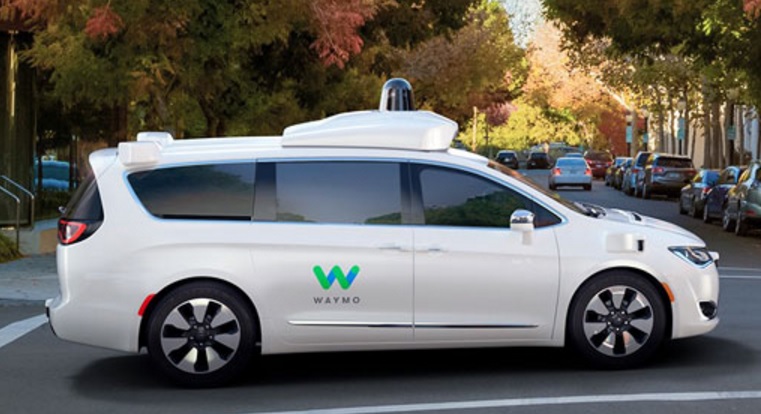 and Fiat Chrysler Automobiles, making moves in this direction. Autonomous vehicle leader Waymo is
and Fiat Chrysler Automobiles, making moves in this direction. Autonomous vehicle leader Waymo is 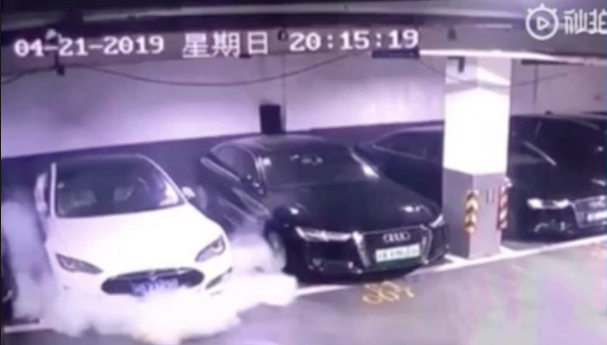 company for years — fires starting in its battery packs, and crashes happening while its Autopilot semi-autonomous driving system had been activated. Reports have emerged on a Tesla fire
company for years — fires starting in its battery packs, and crashes happening while its Autopilot semi-autonomous driving system had been activated. Reports have emerged on a Tesla fire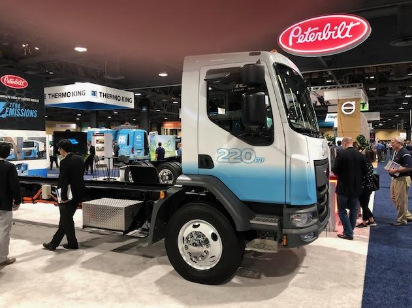 medium and heavy trucks along with commercial applications such as electric delivery and refuse trucks. This time major truckmakers took center stage, and specialized makers had announcements to share as well. With about 4,000 attendees, it was the largest ACT Expo yet.
medium and heavy trucks along with commercial applications such as electric delivery and refuse trucks. This time major truckmakers took center stage, and specialized makers had announcements to share as well. With about 4,000 attendees, it was the largest ACT Expo yet.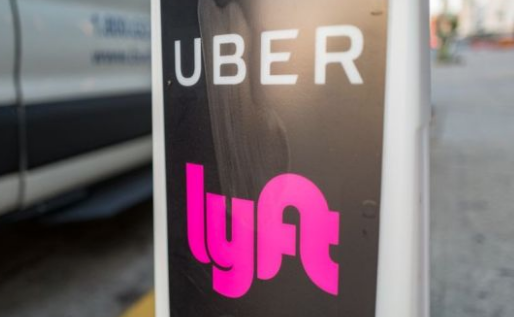 hailing industry, the big question will be:
hailing industry, the big question will be:  report
report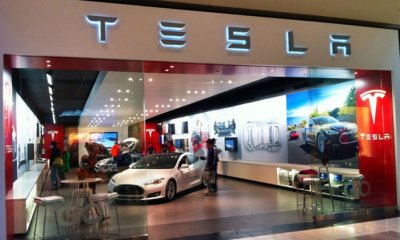 the high costs of running sales offices. Tesla wants to keep its pricing competitive especially on the Model 3 that starts at $35,000 while increasing the profit margin. The company does benefit from hosting invitation-only ride-and-drive events in major cities, which takes away some of the imperatives to operate retail stores. It will also be the hub for the next electric vehicle coming out,
the high costs of running sales offices. Tesla wants to keep its pricing competitive especially on the Model 3 that starts at $35,000 while increasing the profit margin. The company does benefit from hosting invitation-only ride-and-drive events in major cities, which takes away some of the imperatives to operate retail stores. It will also be the hub for the next electric vehicle coming out,  Resources Board had been meeting in December with Environmental Protection Agency and National Highway Traffic Safety Administration officials to reach a compromise between the state and federal standards. The goal had been to reach agreement by late March or early April to modify the Obama administration’s corporate average fuel economy rules. Tensions between California and other states that follow California’s zero emission vehicle guidelines had been building. The conflict has been exacerbated during a time California has been leading a group of 16 states in a lawsuit to block Trump’s use of emergency powers to build the border wall. While federal representatives didn’t respond to requests for comments, the fuel economy and emissions stalemate was acknowledged by CARB. “The administration broke off communications before Christmas and never responded to our suggested areas of compromise — or offered any compromise proposal at all,” CARB spokesman Stanley Young said in an email. “We concluded at that point that they were never serious about negotiating, and their public comments about California since then seem to underscore that point.”
Resources Board had been meeting in December with Environmental Protection Agency and National Highway Traffic Safety Administration officials to reach a compromise between the state and federal standards. The goal had been to reach agreement by late March or early April to modify the Obama administration’s corporate average fuel economy rules. Tensions between California and other states that follow California’s zero emission vehicle guidelines had been building. The conflict has been exacerbated during a time California has been leading a group of 16 states in a lawsuit to block Trump’s use of emergency powers to build the border wall. While federal representatives didn’t respond to requests for comments, the fuel economy and emissions stalemate was acknowledged by CARB. “The administration broke off communications before Christmas and never responded to our suggested areas of compromise — or offered any compromise proposal at all,” CARB spokesman Stanley Young said in an email. “We concluded at that point that they were never serious about negotiating, and their public comments about California since then seem to underscore that point.”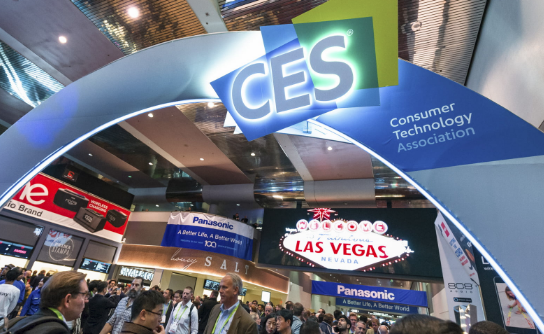 depends on who you ask, but don’t forget about the North American International Auto Show in Detroit. In fact, it clearly beat CES in online attention. The Detroit auto show’s week of news conferences and other events (Jan. 14-17) got nearly 60% more mentions in news and social media than automotive news and topics the week before at CES. That comes from a study by Talkwalker, an advisory company in online marketing.
depends on who you ask, but don’t forget about the North American International Auto Show in Detroit. In fact, it clearly beat CES in online attention. The Detroit auto show’s week of news conferences and other events (Jan. 14-17) got nearly 60% more mentions in news and social media than automotive news and topics the week before at CES. That comes from a study by Talkwalker, an advisory company in online marketing.